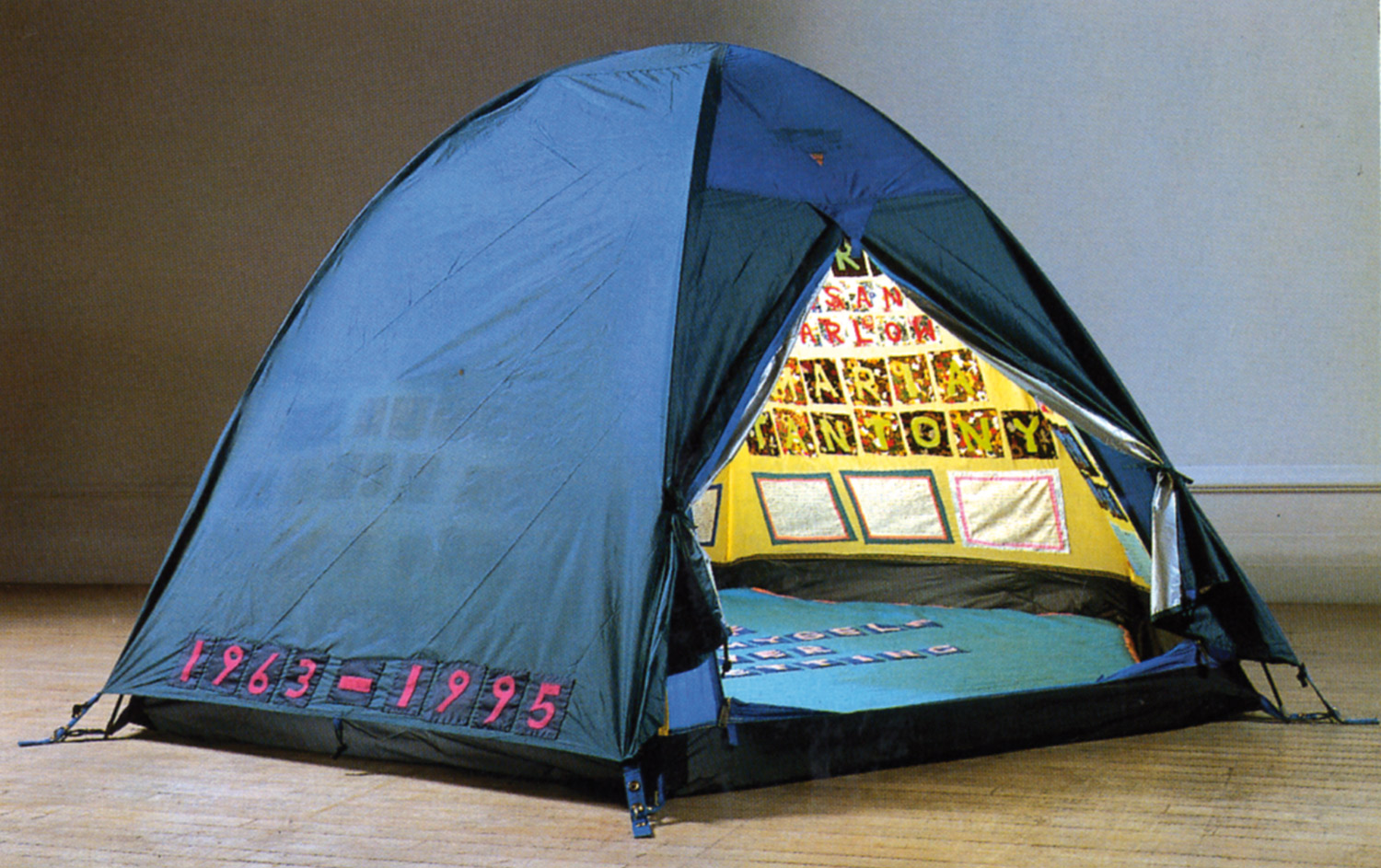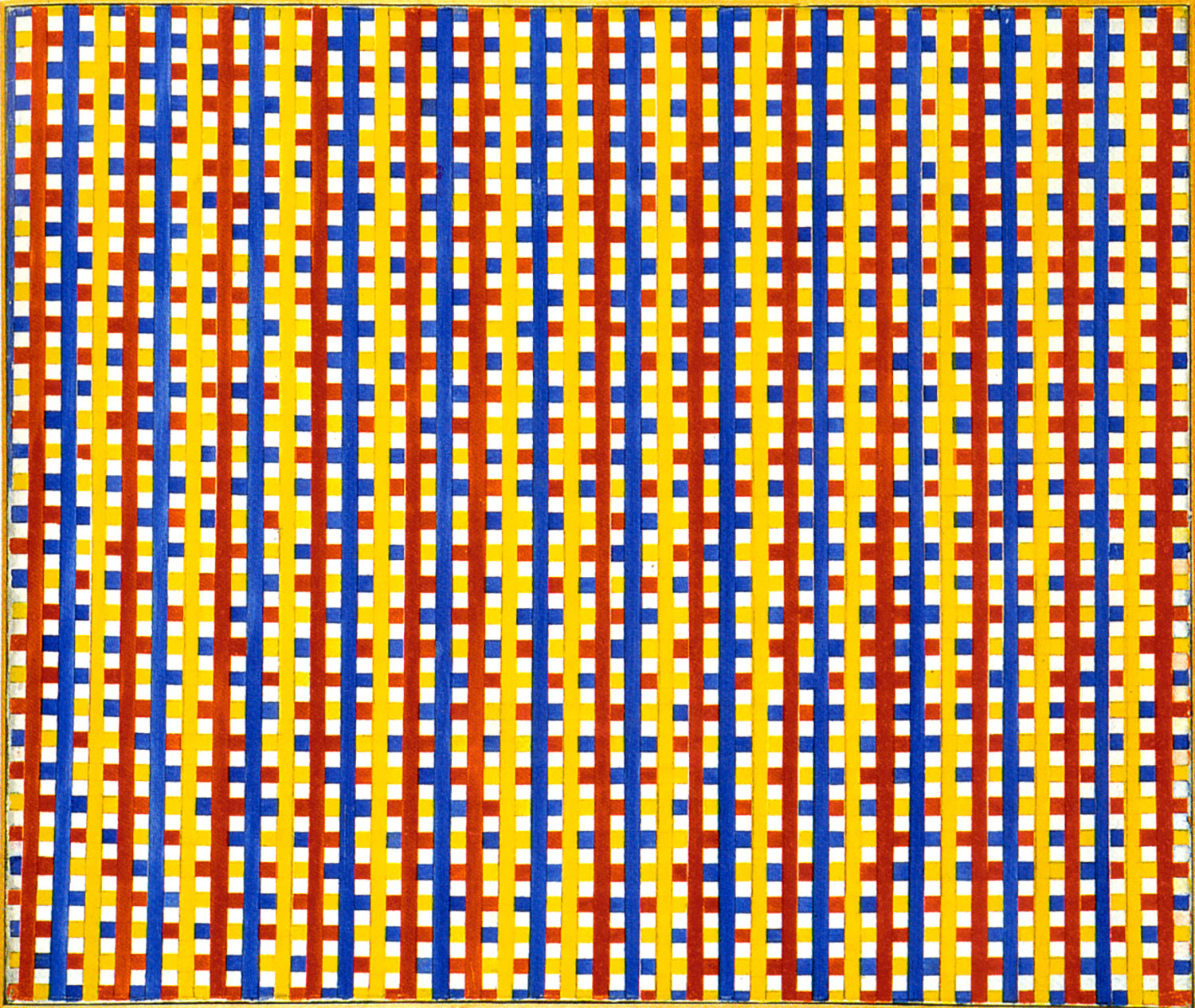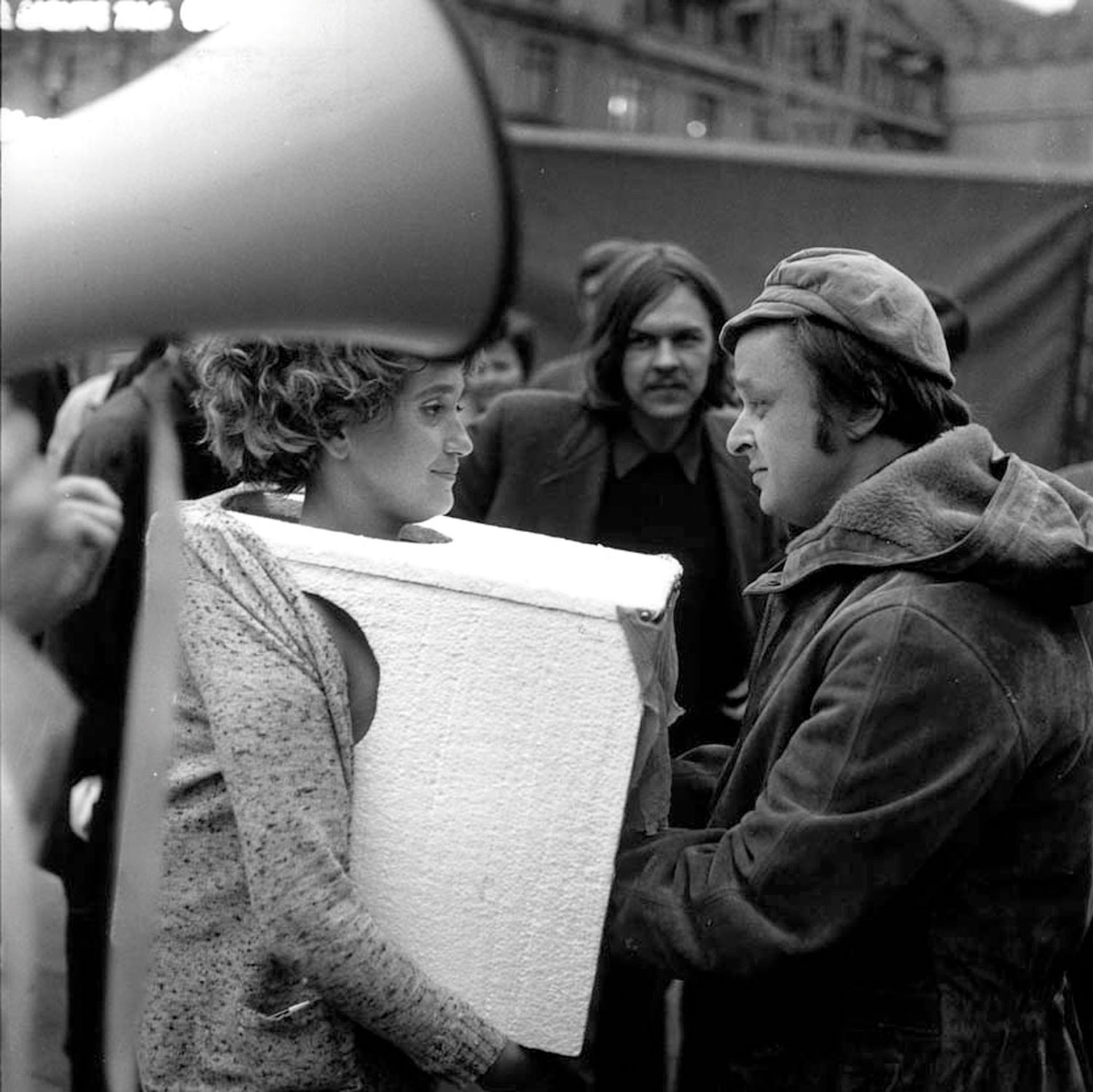
Artists and curators always display a sense of badly concealed pride when one of their exhibitions is chastised as ‘controversial.’ Scandal and public outrage are a dangerous ground to venture into, but they can also represent a risk worth taking. The history of art is laced with examples of visual intuitions and revolutions of macroscopic proportions that were presaged by events that generated short-term indignation. On top of that, transgression and curiosity often go hand in hand, and the consequent advertising is a guarantee of massive media attention and bigger profits. Throw into the mix a historical and institutional venue like the London Royal Academy of Arts and a popular and controversial figure like Charles Saatchi, and you know why “Sensation” was born under a good sign, provocation-wise.
To briefly recap, “Sensation” was the brainchild of Saatchi and the Academy secretary of exhibitions Norman Rosenthal. About a decade earlier, Saatchi set his sights on what would become ‘YBA’ (Young British Art), deploying his usual technique of buying the whole stock as soon as it hit the shelves if not before. Genuine enthusiasm? Ruthless speculation? Whatever the motivation — and even discounting the argument around Saatchi’s aggressive marketing approach — the art exhibited in “Sensation” stood as an exceptional testament to a good eye and intuition. Mat Collishaw, Tracey Emin, Damien Hirst, Sarah Lucas, Chris Ofili, Fiona Rae, Gillian Wearing and Rachel Whiteread were all present with seminal works, somehow certifying the generational turnover that started with “Freeze” in 1988.
In a way, the unofficial mission of “Sensation” was to redefine the unexpected success of the exhibition curated by Hirst, replacing artists like Steven Adamson, Dominic Denis or Stephen Park with Mark Wallinger, Jake & Dinos Chapman and Marc Quinn. It also gave a second chance to people who got to “Freeze” relatively unprepared. Angela Bulloch, Mat Collishaw and Gary Hume already gave full proof of their talent, but others like Lucas or Hirst himself had minor pieces. “Sensation” demonstrated that the new British art was a fact and that, behind the colonels, there was a full army ready to conquer the world.

When “Sensation” opened the season at the Royal Academy, the reception was wild. It rapidly became the exhibition to see, catching the attention of TV news, newspapers and tabloids, with the latter expressing new levels of alarmist controversy. Many were shocked by the Chapman’s porno-genetic sculptures; others decried the tent in which Tracey Emin had sewn the names of all the people she had slept with. But the theatrical force of these pieces was nothing compared to the rage caused by Marcus Harvey’s Myra (1995). Painted with the aid of a group of children’s fingerprints, the canvas was a portrait of Myra Hindley, the infamous Moors infanticide, one of the darkest episodes in the UK in the ’60s, and still an open wound 30 years later. Winnie Johnson, mother of one of Hindley’s victims, put together a protest group, picketing the Academy’s front door for the whole duration of the show, inviting the public to boycott it. In a rare public outing, Hindley herself expressed her misgivings from prison, asking for the work to be removed. When the organizers refused, protests became even stronger. Some of the Royal Academy’s windows were smashed and two visitors managed to throw eggs at Harvey’s painting, forcing it to undergo a quick restoration. If quarantine was the ultimate goal, such episodes naturally reached the opposite effect, and “Sensation” closed a few days after Christmas with a record number of 300,000 visitors, much to Rosenthal’s and Saatchi’s satisfaction.
About a year later, the show moved to the Hamburger Bahnhof in Berlin. In terms of figures, the success was the same, with the original closing date postponed for one month. But the social and critical impact of the exhibited art here received its first reality check. Berlin at the time was a city busy finding its own identity following years of isolation. Galleries were blooming in the Mitte district, the first Berlin Biennale had just opened and the Eastern side of the city was closing the gap with its Western counterpart. In such an intense, politically charged and socially diversified context, “Sensation” looked frivolous and self-referential, if not outright outdated.

“Sensation’s” time-sensitivity became an even bigger issue when it moved to New York in October 1999 — the intermediate date in Sydney, originally scheduled for June, had been canceled; apparently the Australian organizers had qualms about using public funds and facilities to exhibit a private collection. Two years after its London premiere, the state of novelty and controversy attached to “Sensation” dissipated. Saatchi himself didn’t stand still. His collection had moved on, laying the foundation for what was about to become the New Neurotic Realism, involuntarily reinforcing the idea that “Sensation” had ran its course. Making things even more complicated was the designated venue for the show — the Brooklyn Museum. Arnold Lehman, the newly elected director, had already made his position clear a few weeks earlier, announcing exhibitions dedicated to Star Wars and to Ileana Sonnabend’s collection. “Sensation” looked like the last piece of a program focused on box office rather than quality. Jerry Saltz wrote in the Village Voice that the exhibition was beautifully installed but depressingly derivative, emphasizing how Hirst, Harvey and the Chapmans looked like pale imitations of Jeff Koons, Chuck Close and Paul McCarthy; the few art presses interested wrote more about Saatchi’s financial acumen than the art in the show. But when the destiny of “Sensation” seemed doomed, a dark knight under the improbable name of Rudolph Giuliani, then mayor of New York, came to its rescue, putting it right back on top.
Either moved by genuine outrage or intending to revive what was up to then a colorless administration, Giuliani presumably visited the museum and left shocked at the sight of Chris Ofili’s The Holy Virgin Mary, a portrait of the Holy Mother partially made of elephant dung. The mayor promptly demanded its removal. Ofili declared his innocence, pointing out both his Catholic faith and the traditional and legitimate use of dung in African art, but the moral crusade’s ship had already sailed. A similar script to the one in London started taking place, with debates, protests, arguments and vandalism spicing up the exhibition until it closed for the last time, again with a record number of visitors, in January 2000.
A decade later, it’s still difficult to estimate the heritage left by “Sensation.” The recent polemics around Dakis Joannou’s involvement with the New Museum in New York, or the removal of Richard Prince’s appropriation of a Brooke Shields’ portrait from “Pop Life” at Tate Modern suggest that while financial conflicts periodically resurface with time, moral ones are subject to the temperature of the moment. Maybe “Sensation” won’t stand the test of time as it wished, but it has the indisputable merit of having captured the final stage of a historical time in British art.





